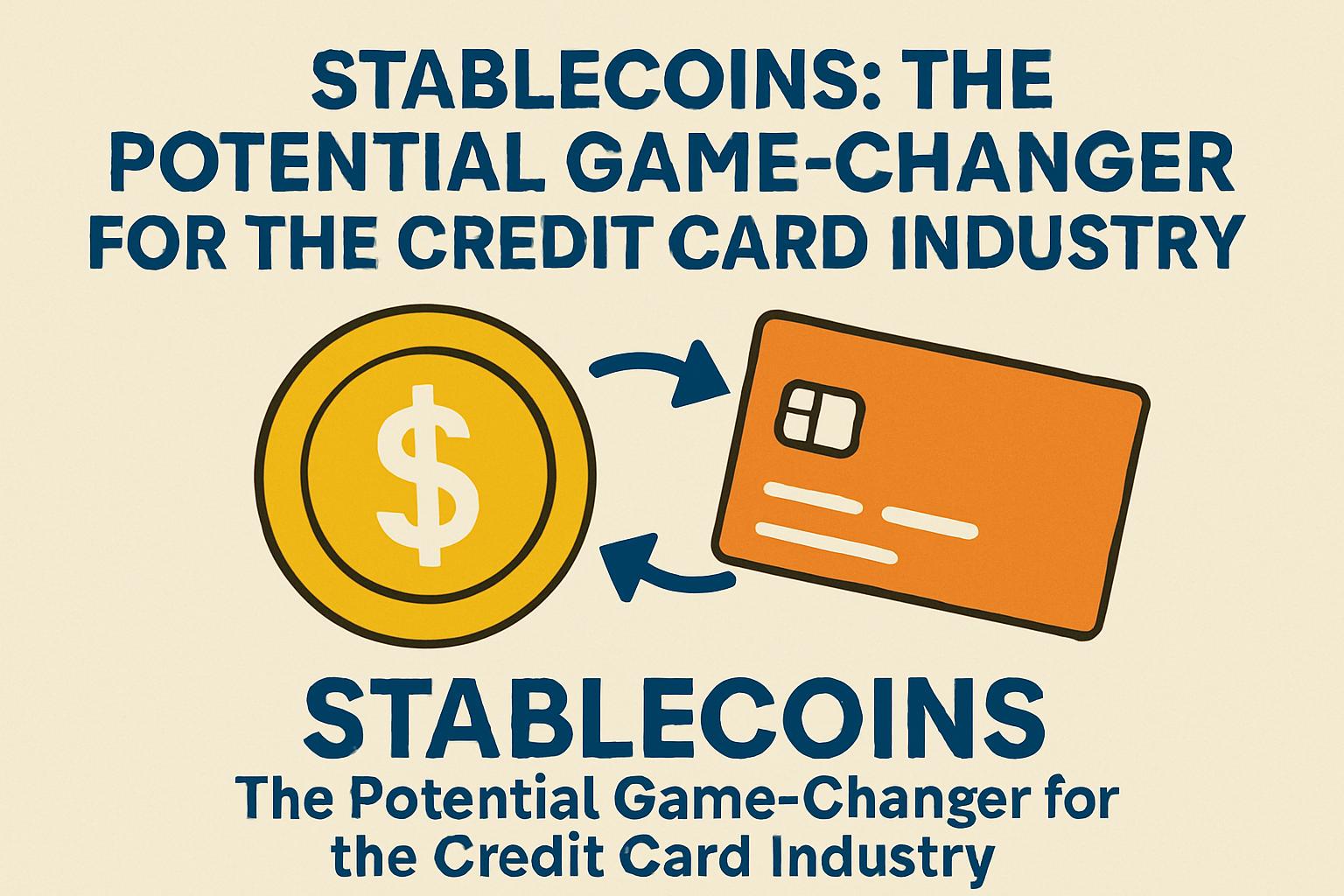When discussing the potential impact of stablecoins, conversations often center around their threat to bank deposits or money market funds. However, according to a Bloomberg report, the real immediate threat may be to the credit card industry. For years, credit card companies have thrived on high transaction fees, but the advent of stablecoins could alter the landscape, especially as retail giants like Amazon explore launching their own stablecoin solutions.
The Achilles’ Heel: Credit Card Transaction Fees
In the United States, credit card transaction fees are notably higher than in Europe, averaging between 1.5% to 3%. These fees have supported reward point systems and have been a boon for networks like Visa, Mastercard, and American Express. However, stablecoins offer a faster and cheaper alternative for payments.
Retailers that can persuade consumers to use branded stablecoins may not only cut down on transaction costs but also leverage the returns from treasury reserves, expanding their profit margins significantly.
The GENIUS Act: A Regulatory Pathway
The recently passed GENIUS Act in the U.S. provides a clear compliance path for payment-focused stablecoins. Financial institutions and corporations from the U.S., South Korea, Japan, Hong Kong, China, and the EU are exploring issuing their own stablecoins.
To prevent competition with deposit accounts or money market funds, regulations stipulate that issuers cannot directly return profits to holders. Yet, companies like Coinbase and PayPal have ingeniously repackaged these returns as ‘rewards programs’ for users, effectively circumventing this restriction.
Banks and lobbying groups have voiced concerns, emphasizing that payment-focused stablecoins lack lending operations and are not subject to securities regulation, posing a significant threat to traditional finance.
Retail Titans and Their Ambitions
Retail behemoths like Amazon and Walmart recognize the potential opportunities. They have hinted at developing their own stablecoin initiatives to lower transaction fees and control their payment processes, thus enhancing profitability. While non-financial firms cannot independently issue stablecoins, they can partner with issuers like Circle or Paxos to launch them.
Circle’s CEO, Jeremy Allaire, has expressed a desire to collaborate with retailers to create a stablecoin payment network that challenges Visa and Mastercard.
Traditional Payment Systems: Stronghold or Vulnerable?
Stephen Squeri, CEO of American Express, believes traditional payment systems still hold advantages like fraud protection, dispute resolution, convenience, and reward points. However, these benefits are largely built on high transaction fees. If stablecoins can offer lower fees and equally attractive reward mechanisms, these traditional advantages could quickly erode.
Moreover, if retailers partner with ‘buy now, pay later’ providers, they could even replicate the lending functionalities of credit cards, posing a more direct challenge to banks.
The Prospective Payment Revolution
Senator Richard Durbin has long advocated for legislation to reduce credit card fees, similar to practices in Europe and the UK. However, with technological innovations and strategic moves by retail giants, the payment industry can no longer remain complacent. Bloomberg succinctly puts it: in this payment revolution, stablecoins could become the fatal blow to the core of credit card companies.
In the U.S., the payment industry has grown too comfortable. The disruption that stablecoins bring to credit card transactions may far surpass their impact on money market funds and deposit accounts.

![[News] Bitcoin at a Turning Point? 10x Research Signals a Bullish Macro Shift Ahead](https://cryptoexplores.com/wp-content/uploads/2025/06/new20250616.jpg)
![[News] Binance Lists $HOME, the Gas-Free, Bridge-Free All-in-One DeFi App](https://cryptoexplores.com/wp-content/uploads/2025/06/news20250617.jpg)